Mary McNamara: As hero and villain, Hulk Hogan helped make popular culture what it is today
Published in Entertainment News
LOS ANGELES — When Terry Bollea, more commonly known as Hulk Hogan, showed up in an evening slot at the 2024 Republican National Convention, reactions were mixed.
Then-candidate President Donald Trump and his supporters, both in and outside the hall, were clearly delighted, especially when Hogan, in a signature move, ripped off his T-shirt to display a Trump/Vance tank. Others reacted with disgust, decrying the “cheap” theatrics of a stunt in which Trump courted fans of professional wrestling and Hogan tried to regain national relevance.
In either case, it was mutual benediction. Trump won by leveraging a popular culture that Hogan, who died Thursday at 71, played a significant role in shaping. From the popularity of scripted reality television to the celebration of “real Americans,” Hogan’s career catalyzed and mirrored the shifting zeitgeist.
Forty years ago, he began leveraging an in-your-face patriotism (complete with “Real American” as his theme song) and a naked demand for dominance to become a self-spun celebrity who helped turn pro wrestling from a niche form of entertainment into an international billion-dollar industry.
He created the template for reality-star brand management when Kim Kardashian was still in diapers; he amassed millions of devoted followers by speaking to them directly, and in all caps long before social media was invented. He was canceled (for racist language), only to be uncanceled after a successful apology tour.
He not only survived the release of a sex tape, he sued (with the help of billionaire Peter Thiel) the media site Gawker for publishing it and won, putting Gawker out of business and striking fear into the heart of the free press. He thwarted unions, starred in movies, had a restaurant chain and co-owned his own brand of beer.
Tap any portion of modern celebrity culture — good, bad and ugly — and there’s Hulk Hogan, all handle-bar mustache and “Let me tell you something, brother.” The take-no-prisoners combative style that made him stand out in the 1980s has become just as mainstream as professional wrestling.
Even those who would rather eat glass than watch pro wrestling know who he was; he was a pioneer of personality as profession.
Six foot eight and built like a tank, Terry Bollea became a professional wrestler in 1977 and cultivated the kind of self-aggrandizing personality that had made Gorgeous George (George Raymond Wagner) a star decades earlier. But Hulk Hogan cast himself as a hero, unleashed to lay the bad guys flat. He spoke directly to his audience, including children, and soon gained national, and then international, fame, for himself and the World Wrestling Federation.
So much so that, in 1993, the World Wildlife Fund sued the organization over its initials, forcing it to change its name to World Wrestling Entertainment — WWE. The name change made perfect sense — pro wrestling has always been more about entertainment than sport. Yes, the participants are super-fit and strong and their bodies endure all manner of injury, but their brawls are not true competitions.
The matches are carefully choreographed, with winners chosen beforehand (though the outcomes are kept from the audience). With its reliance on over-the-top personas categorized as “faces” (good guys) and “heels” (villains), pro wrestling, like many modern reality programs, was all about audience preference.
In many ways, Hulk Hogan was the first reality TV star, a champion not because he was a better wrestler (or at least not in the nonprofessional sense) but because he was a better performer, pushing back against the rise of the new, gentler, feminist man of the 1980s with his physicality and bravado.
Not that he was above modifying his persona for increased popularity — in his early years, he was a “face” before becoming a “heel,” a growling villain renamed Hollywood Hogan. “I did it to upset the fans,” he told The Times in 2019. “But it didn’t really work. They still loved me.”
By the late 1980s, “Hulkamania” was everywhere, feeding off Hogan’s signature colors (yellow and red), moves (the leg-drop) and catchphrases (“Whatcha gonna do when the Hulkamania runs wild on you, brother?”). Not even an admission that he used steroids, after years of claiming otherwise, derailed his popularity.
Everyone wanted a piece of him, and Hogan began showing up in film and television. In 1982, he played Thunderlips, a version of himself, in “Rocky III,” taking on Sylvester Stallone’s Rocky Balboa in an exhibition match.
Hogan would also show up on the small screen in “The Love Boat,” “The A-Team,” “The All New Mickey Mouse Club” and, more recently, “The Goldbergs”; he made some terrible movies, including “Suburban Commando” and “Mr. Nanny,” did voice-work for video games and appeared, of course, in countless WWE productions. He set the stage for other pro wrestlers to become actors, including the Rock, John Cena and Dave Bautista.
In 2005, he went full-bore reality, starring in “Hogan Knows Best” which focused on his family life with wife Linda, son Nick and daughter Brooke. (Hogan agreed in part to support Brooke’s burgeoning singing career.) As with many celebrity family-based series, it ended after four seasons, when actual reality, including the couple’s divorce and Nick’s involvement in a car crash for which he was charged with reckless driving (and later sentenced to prison), made it impossible to continue.
Despite his many wrestling titles and iconic matches, Hogan’s most famous battle occurred in a courtroom. In 2012, Gawker published portions of a sex tape in which he appeared. Hogan sued. Or rather Terry Bollea sued (with the financial support of Thiel, who had his own ax to grind with Gawker for outing him years earlier). He claimed that while Hulk Hogan was a public figure who often spoke of his sexual prowess, Bollea was not, and therefore publishing the tape, which had been made without his consent, violated his privacy.
In 2016, the jury found for Bollea and awarded him $115 million; Gawker folded a few months later and Hogan found himself in the middle of a debate about the First Amendment and the decreasing popularity, and profitability, of the press.
More damaging, however, were leaked portions of that tape in which Hogan used racist slurs, including the N-word, when discussing his daughter’s boyfriend. In 2015, the WWE terminated Hogan’s contract and removed all mention of him from his website. Hogan’s subsequent apology tour led to him being reinstated in 2018.
These were not the only scandals in which Hogan was involved — in the late 1980s, he was instrumental in preventing an attempt by other wrestlers to unionize; his divorce from Linda was messy, and he and his daughter were estranged for years. His appearance at the RNC convention last year divided his fans. In January, he was booed by members of the crowd gathered for the Los Angeles premiere of Netflix’s “WWE Raw,” which many, including Hogan, saw as a condemnation of his support for Trump.
Not that he seemed too concerned. In a culture where hate-watching is courted and toxic conversation applauded, the only real enemy is silence. As Hulk Hogan taught us, for better and worse, a face is as good as a heel and a boo is as good as a cheer, just as long as the crowd continues to make some noise.
———
(Mary McNamara is a culture columnist and critic for the Los Angeles Times.)
———
©2025 Los Angeles Times. Visit at latimes.com. Distributed by Tribune Content Agency, LLC.
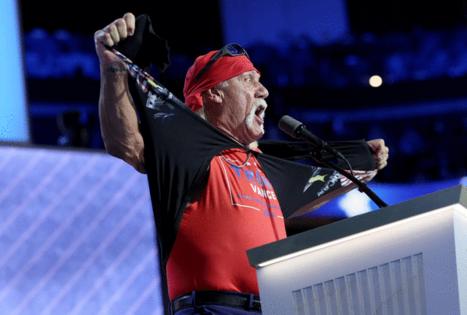
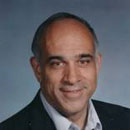

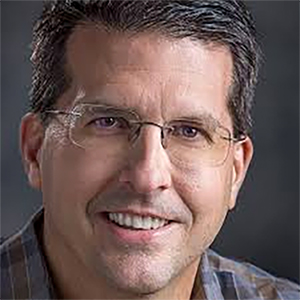
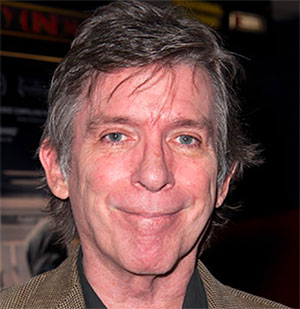


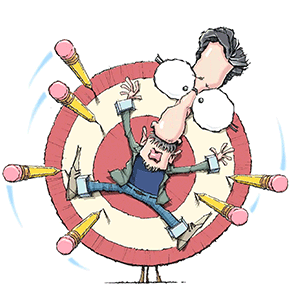
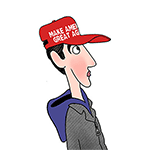
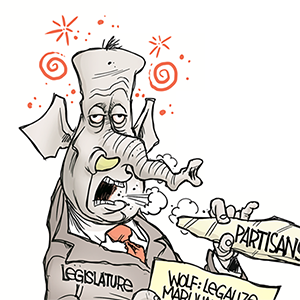
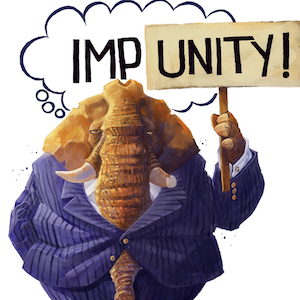
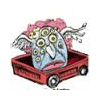
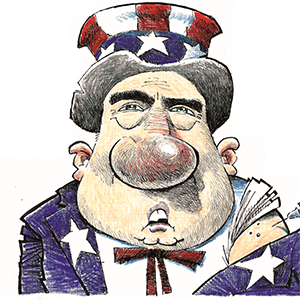
Comments